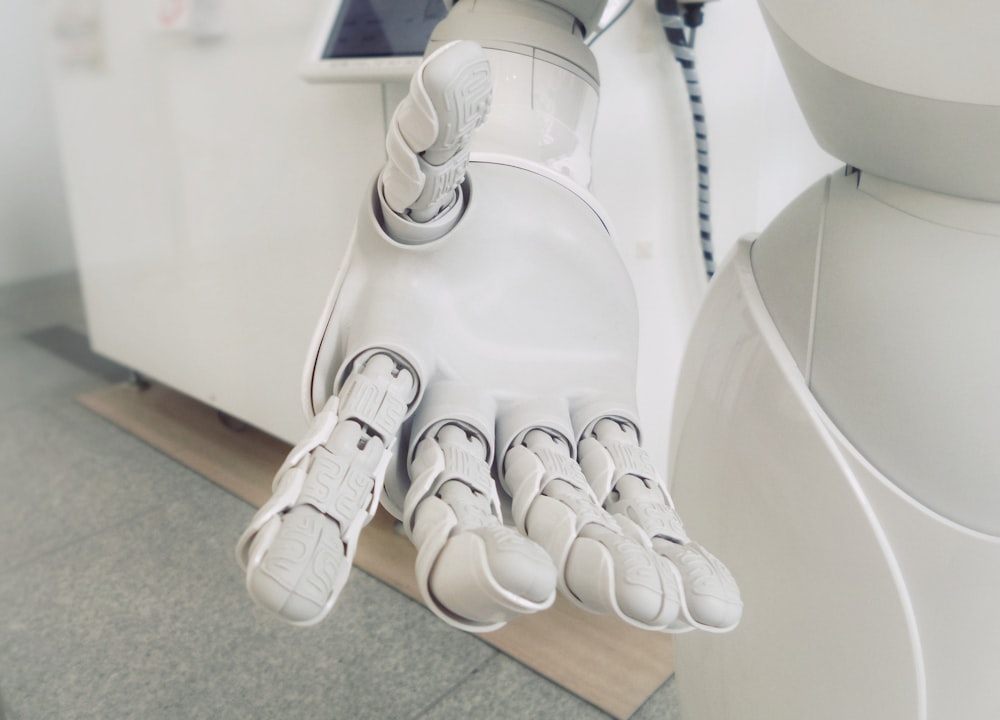

Artificial Intelligence Technology (AI) is an inclusive term that refers to technology that allows machines to perceive, understand, act and learn. Machine Learning Algorithms (ML), Robotic Process Automation (RPA), face recognition, and voice recognition are the most common examples of Artificial Intelligence (AI). Still, the field is broader and encompasses a much larger number of Artificial Intelligence (AI) applications.
Artificial Intelligence (AI) can be categorized into three different levels of complexity:
Level 1: Technology that can link data and make probabilistic predictions.
Level 2: Technology that can recognize patterns, such as images or speech.
Level 3: Technology that can discover new connections and learn from experience.
The operational manager of a data center has the complex task of finding the sweet spot where the sum of capital and operating expenses meets uptime.
In a data center, many variables are interconnected. For example, consider the server–level air temperature, the CRAC inlet and outlet temperature, the air velocity, and the efficiency level of the various infrastructure devices. There are also time–dependent energy demands of servers. For example, some peak during the night, while others are more active during working hours.
While dealing with all these parameters, you need to consider the redundancy of all your machines simultaneously so that a single failure does not cause an interruption. Let’s say you’ve accomplished all this; you should also consider maintaining the hardware and keeping your redundancy high during this maintenance; of course, you should do everything with the minimum amount of energy possible.
It is impossible for a single person to handle so many variables simultaneously and to predict the effects of changes in multiple variables. So computers need to kick in. But calculating numbers alone won’t work. Instead, computers should verify calculations by cross–checking them with real–life data.
The amount of global data stored, processed, and managed continues to increase exponentially every day. In turn, Artificial Intelligence (AI) plays a crucial role in helping data center service providers capture, process, and analyze existing data faster and more powerfully than ever before.
Increase Your Data Center Efficiency with Artificial Intelligence!
Artificial Intelligence (AI) is not a new concept. Tools such as face recognition and voice recognition are adapted to our daily lives. Object identification, classification, and identification forms are at the forefront of using Artificial Intelligence (AI) in the corporate market. Therefore, managing this massive increase in data requires the data center industry to develop and adopt more computing power.
What does Artificial Intelligence (AI) do at this point?
Artificial Intelligence (AI), data center service provider; It enables the fulfillment of demands in various forms such as operational automation, elastic computing power, and predictive maintenance. On the other hand, Artificial Intelligence (AI) technology analyzes heat setpoints, evaluates cooling equipment, and tests flow rates.
If we list the benefits of Artificial Intelligence (AI) applications in data centers;
- Lower Costs

- High Uptime
An outage in the data center can cause significant data loss. For this reason, companies have to take measures to anticipate possible interruptions. In this regard, Artificial Intelligence (AI) in data center management may be a suitable solution method. Artificial Intelligence (AI) monitors server performance, network congestion, and disk usages to detect and predict data outages. In this way, potential interruptions are anticipated and prevented.
- High Security
While hackers are constantly discovering alternative ways to hijack data and develop malicious software, data centers must continuously take the necessary security measures in the face of this situation. But trying to manage this with only cybersecurity professionals would be highly restrictive. Instead, companies can incorporate Artificial Intelligence (AI) into their processes to ensure the security of their data centers. In this context, Artificial Intelligence (AI) can learn from normal network behavior and detect cyber threats based on deviations from this behavior. Artificial Intelligence (AI) can also detect security loopholes in data center systems by detecting malware.
- Energy–Saving
Data centers consume vast amounts of electricity. A significant part of the energy is used only in air conditioning systems. It is known that data centers in the USA alone consume more than 90 billion kilowatt-hours of electricity annually, this figure reaching approximately 416 terawatt–hours on a global scale. In addition, as data traffic increases globally, electricity consumption doubles every four years. This causes companies that want to save energy to search for new solution channels constantly.
While technology giants put Artificial Intelligence (AI) among their first choices in terms of energy saving, it was noted that almost 40% of savings were achieved, especially from the electricity consumed by air conditioning systems. Artificial Intelligence (AI) can learn and analyze temperature set points quickly and automatically provide air conditioning by changing conditions by testing the flow rate.
- Server Optimization

Despite the many advantages of Artificial Intelligence (AI), both in the data center and beyond, many remain skeptical of its potentially harmful side effects. Humans have not yet embraced the cold side of Artificial Intelligence (AI). Informing the public about best practices for using Artificial Intelligence (AI), it is essential to analyze this new technology frontier in data centers well.




